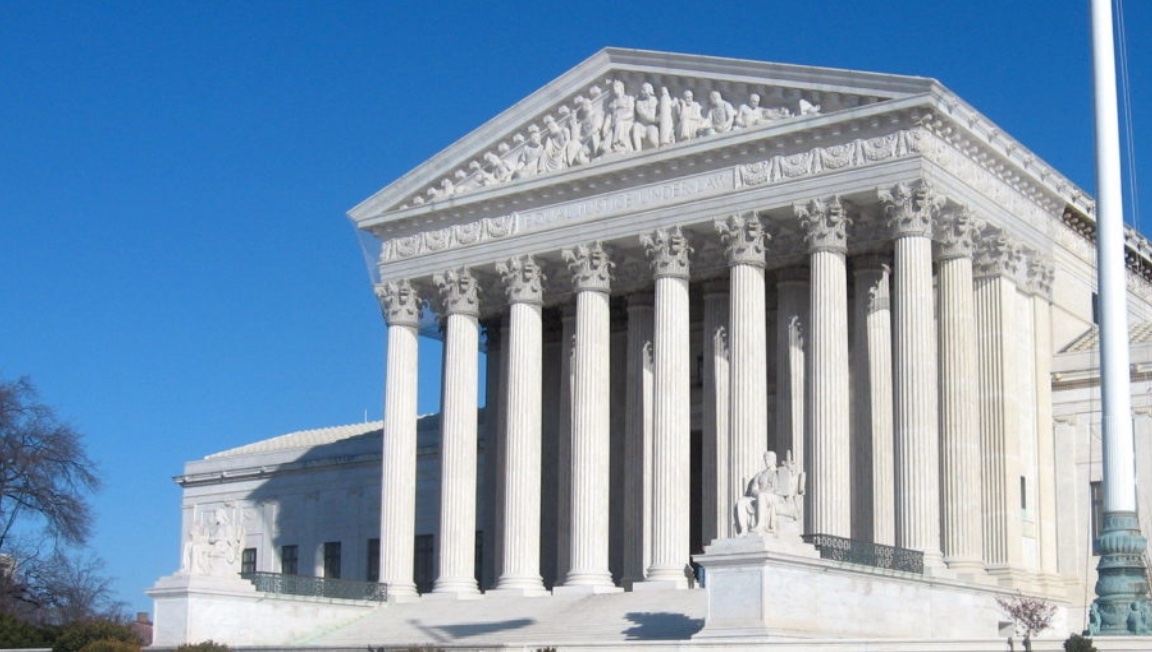As the US Supreme Court prepares to open its 2025–26 term, the year has already one of the most consequential in our lifetime. With President Donald Trump back in the White House, the court and lower federal judiciary are increasingly handing down decisions that strengthen his agenda and reshape the balance of power.
During the 2024–25 term, the Supreme Court delivered a series of victories on hot-button issues. Among the rulings were that states may exclude Planned Parenthood from Medicaid provider lists; states may prohibit gender-transition surgeries for minors; and parents have legal grounds to challenge schools over curricula they believe infringe on their rights.
The court curtailed the ability of lower courts to issue nationwide injunctions, something that has become an increasingly common tactic used by activist judges in recent years to block presidential policies. The decision restores limits on judicial power while shielding the executive branch from sweeping legal interference.
The wins build on Trump’s first-term judicial appointments, when he successfully filled more than 200 federal judgeships and secured three Supreme Court seats. Those appointments set the stage for landmark rulings such as Dobbs v. Jackson Women’s Health Organization (2022), which returned abortion regulation to the states; Students for Fair Admissions v. Harvard (2023), which ended race-based college admissions; and Loper Bright v. Raimondo (2024), which rolled back expansive agency rulemaking.
Trump’s influence on the judiciary is evident not only at the Supreme Court, but also in the appellate courts. The Fourth Circuit recently upheld the administration’s authority to dismiss 25,000 probationary federal workers, despite challenges from Democratic-led states. The Ninth Circuit, once dubbed the “Ninth Circus” for its reliably liberal rulings, has shifted after Trump’s earlier appointments, delivering setbacks to California Gov. Gavin Newsom on state National Guard control.
The president continues to add to his judicial bench. Over the summer, the Senate confirmed Whitney Hermandorfer to the Sixth Circuit and Emil Bove to the Third Circuit, both considered solid constitutional conservatives. More nominees are expected to advance now that Senate Republicans have cleared procedural delays.
Federal district courts have also begun delivering results. Former FBI official Peter Strzok, who was fired following the disclosure of anti-Trump texts, lost his lawsuit against the Justice Department when US District Judge Amy Berman Jackson ruled that his dismissal did not violate free speech protections.
Even the legacy has acknowledged the administration’s momentum at the high court, admitting that Trump’s legal team has won 18 times at the Supreme Court since he returned to office, including a streak of 15 straight victories. The Court has granted most of the administration’s emergency requests, rejecting only two.
The coming term promises more pivotal battles. On Sept. 8, the justices stayed a lower-court ruling that sought to block Trump’s ability to dismiss executive branch employees, and they agreed to revisit Humphrey’s Executor — a 1935 precedent that limited presidential removal authority. A ruling in Trump’s favor could mark one of the most significant reassertions of executive power in nearly a century.
Nine months into his second term, Trump has already delivered on his campaign promise of “more winning.” With the courts increasingly aligned with his vision, conservatives see the judiciary not as a barrier but as one of his most enduring legacies.

Everyone who believes in justice should not be surprised by this. Every case brought against Trump can be classified as harassment or delay or both. There are some DEI appointments on the SCOTUS and they squeal like pigs at the majority rulings but that is to be expected.